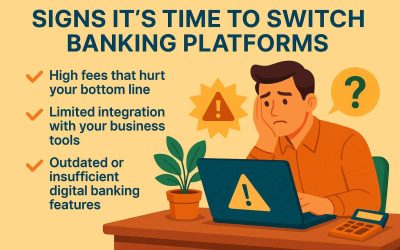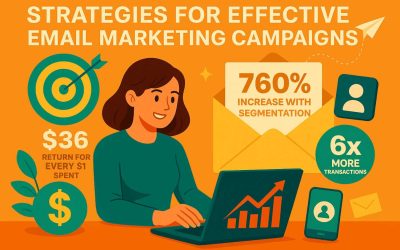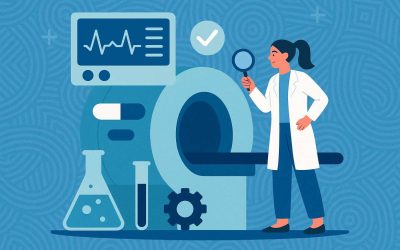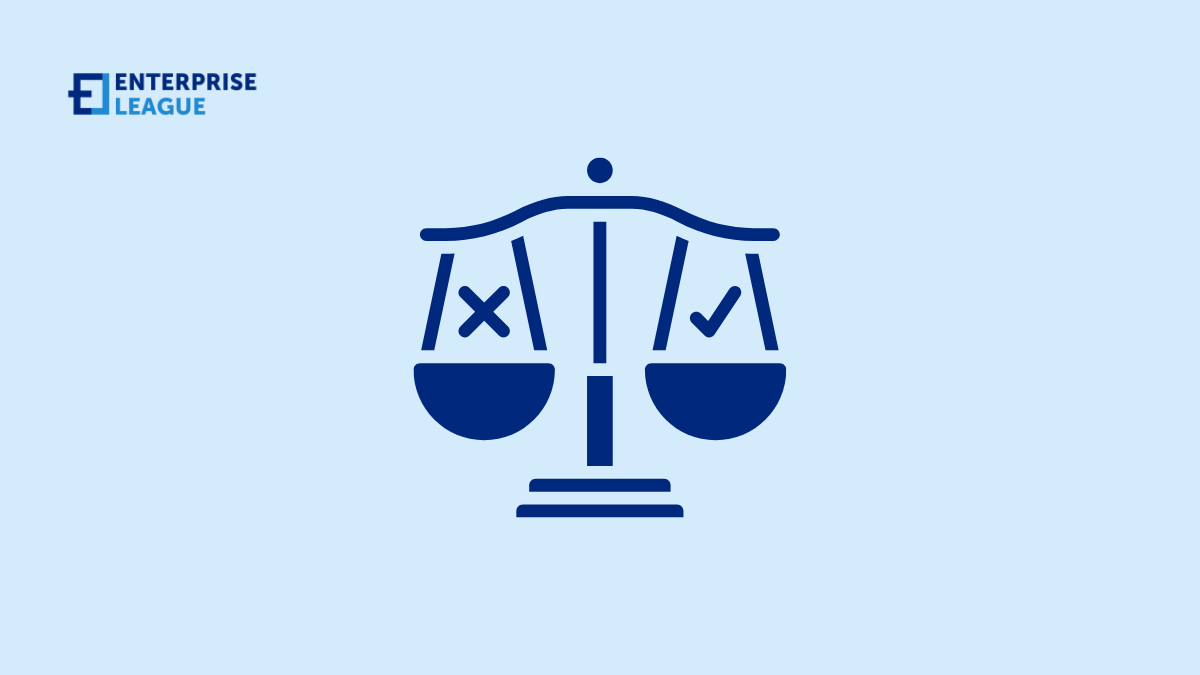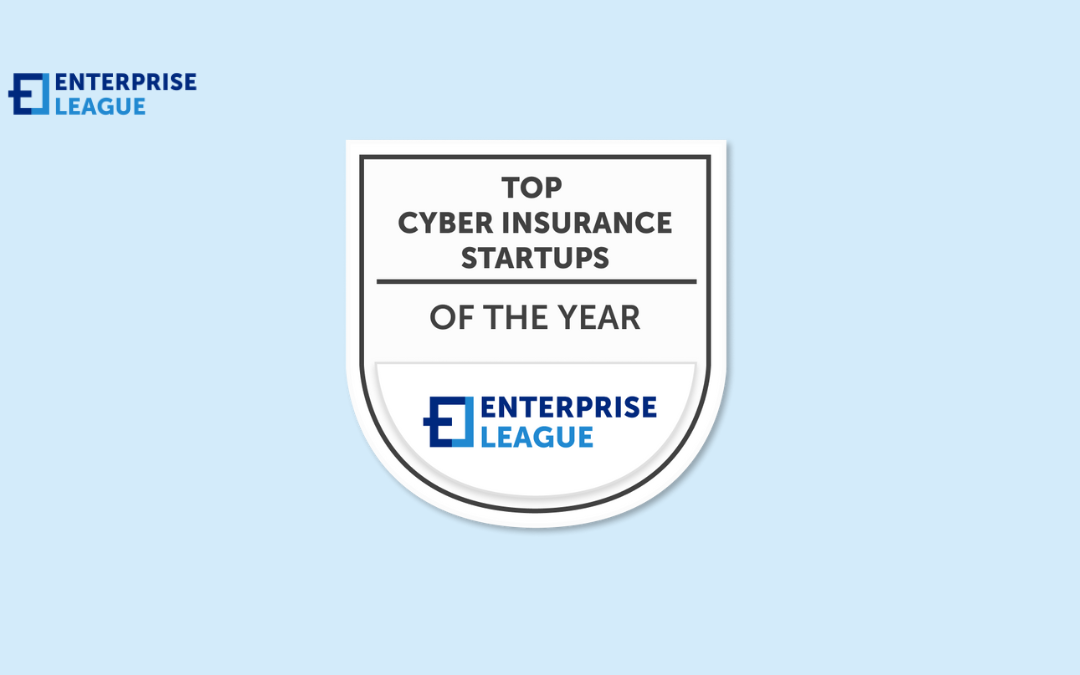Are high banking fees or outdated tools slowing down your business? Many businesses struggle with platforms that don't meet their needs. This blog will help you spot signs it's time for a change and what to look for in a better option. Keep reading to make the switch...

Local vs. Global: Strategic choices for small business growth
Small businesses face an important choice about their market reach. Do they focus on serving customers in their immediate area or expand to sell products and services worldwide? This decision shapes everything from daily operations to long-term planning and touches every aspect of how a business functions.
The current business industry
Small businesses encountered significant transformation in their business operations. A small retail business had limited prospects in serving its customers from its location twenty years ago. Physical location determined customer reach. That world no longer exists.
Technology demolished these traditional barriers. Although it operates from a rural town the boutique now serves customers throughout the world easily. Small businesses can now expand their customer base to international levels because of E-commerce platforms and digital marketing together with international shipping services.
Cryptocurrency adoption accelerated this transformation of international commerce. Small businesses that accept cryptocurrency payments avoid the traditional banking headaches and excessive fees that once made global transactions impractical for smaller merchants. This technology eliminated yet another obstacle that previously limited international trade to larger corporations with extensive financial resources. Plus, with new cryptocurrencies being released daily, now is as good a time as any to invest in crypto (source: newcryptocurrency.com).
Despite these new capabilities, going global might is not be the right choice for every business. Both local concentration and international expansion offer valid paths forward depending on the business type, product characteristics, and company goals.
The strength of local business focus
Companies that deepen their focus on local markets obtain distinctive market benefits. Community members consider these businesses essential members. The hardware store in the town functions as a Little League team sponsor. The neighborhood restaurant hosts fundraisers for community causes. Customers gather at events organized by the bookshop within its premises.
The operative knowledge of their market region belongs solely to local business owners. Their daily customer interactions help them identify new trends immediately after their formation. Local customer demand patterns help owners determine the precise inventory selections and timing of restocking, which meets consumer needs exactly when they need it. National chains are unable to replicate the exact understanding of local market preferences that local businesses possess.
Competition operates differently among organizations that operate at the local level. Small businesses succeed in the market through established expertise combined with individual customer focus instead of adopting price-based competition with large companies.
Your business builds stronger market penetration when customers spread positive recommendations about your respected business. Customers who get exceptional treatment automatically convey word-of-mouth recommendations to those close to them by nature. Through genuine customer endorsements businesses attract new clients without the expense of advertising comprehensively. Personal recommendations generate immense trust within community networks because people depend heavily on them.
All operations remain under control when businesses concentrate on local markets. Supply chain networks maintain a short, direct structure. Regulatory compliance rules only cover one particular geographical area. Every facet of business operations remains visible to business owners. The recent pandemic showed local businesses their operational advantage as their global supply connections failed, but they easily adapted by searching for vendors in nearby areas.
The opportunities of global expansion
For certain businesses, global expansion represents the logical growth path. Specialized products or services often have limited local demand but find substantial combined markets internationally. A company making highly specific industrial equipment might exhaust its local market quickly yet discover thousands of potential customers worldwide. Software developers create products with universal appeal not constrained by geography.
Geographic diversification protects against regional economic fluctuations. Companies selling across multiple countries continue growing even when one region experiences economic difficulties. This built-in insurance policy helps weather downturns that might devastate businesses that are dependent entirely on local economic conditions.
E-commerce platforms, international shipping integrations, translation services, and digital payment systems place worldwide commerce within reach of modest operations. These technologies handle complexities that previously made international business prohibitively difficult for small companies without dedicated export departments and international banking relationships.
Exposure to diverse international markets frequently sparks innovation. Adapting products for different cultural contexts and regulatory environments often reveals improvements applicable across all markets. A modification initially created for Japanese customers might become a standard feature appreciated by customers everywhere. This natural evolution drives product development in unexpected directions.
The international marketplace operates continuously. With customers distributed across time zones, business activity continues around the clock. This temporal advantage maximizes productivity and creates sales momentum impossible with purely local operations limited to regional business hours.
Blended strategies for maximum impact
Many successful businesses now adopt hybrid approaches combining local depth with global reach. They maintain strong community connections while selectively expanding into international markets that complement their strengths.
These balanced strategies manifest differently across various industries. Professional service firms often provide high-touch experiences for local clients while offering standardized solutions to international customers through digital channels. Manufacturers frequently source materials locally but distribute finished products globally. Food producers incorporate regional flavors and traditions into products with international appeal.
Modern technology enables these sophisticated approaches without overwhelming complexity. Cloud systems help small teams manage international operations efficiently. Digital marketing targets specific customer segments across diverse geographies simultaneously. Logistics partnerships provide distribution capabilities previously available only to major corporations.
Make your strategic decision
Several factors should guide market scope decisions. Product characteristics provide initial direction. Items with high shipping costs relative to their value typically perform better in concentrated geographical areas. Digital products or specialized physical goods with favorable value-to-weight ratios support global distribution more readily.
Competitive advantages influence optimal market focus. Businesses winning through personal relationships and community integration naturally benefit from local concentration. Companies competing through unique offerings unavailable elsewhere often need international scope to achieve sufficient sales volume.
Business objectives beyond financial performance matter tremendously. Some owners value community impact and face-to-face customer relationships above maximum growth potential. Others feel passionate about distributing innovative solutions to as many people as possible, regardless of geography.
Resource availability constrains expansion options. International growth requires investment in technology infrastructure, market research, compliance management, and often additional personnel. These expenses yield appropriate returns only when business fundamentals support a larger operational scale.
Conclusion
Each small business must chart its unique course between local focus and global reach based on products, strengths, resources, and vision. The most successful businesses remain adaptable, adjusting their approach as market conditions evolve around them.
Entrepreneurs today enjoy unprecedented flexibility. Tools enabling both local dominance and international distribution exist at reasonable price points for businesses of all sizes. The fundamental question concerns strategic alignment rather than technical capability.
More must-read stories from Enterprise League:
- Common hiring mistakes that employers make and how to prevent them.
- Things to consider before deciding on a business location.
- Engaging online networking events that you should not miss.
- Unique and profitable drone business ideas you should be aware of.
- B2B payment solutions that can help you transform your business.
Related Articles
12 Signs It’s Time for Your Business to Switch Banking Platforms (And What to Look For)
Crack the code: How to build a winning email marketing campaign
In a crowded digital space where attention spans are short, email marketing continues to deliver impressive results. It remains the most direct way to reach customers and drive sales. The numbers speak for themselves: email marketing generates $36 for every $1 spent,...
Patient Portals in Practice: Measurable Gains and Ongoing Gaps
Healthcare technology changes fast, but patient portals stand out as a practical tool with clear benefits. They reduce avoidable emergency visits, limit missed appointments, and give patients direct access to their records. These improvements save time for providers...
The Mirage of the ‘Next Big Coin’ and How Price Hype Tricks Even Smart Investors
Every several months, a new coin becomes "the next Bitcoin" product. But beneath the headlines, the experience of tripping over hype is much more unpalatable. Spikes can dazzle the mind, but aftershocks find wallets a dollar lighter as lessons prove more difficult....
Medical Equipment Manufacturing: Best Practices for Quality, Compliance, and Safety
When it comes to manufacturing medical equipment, quality, and safety are essential factors. Learn about the best practices for safeguarding your products.


